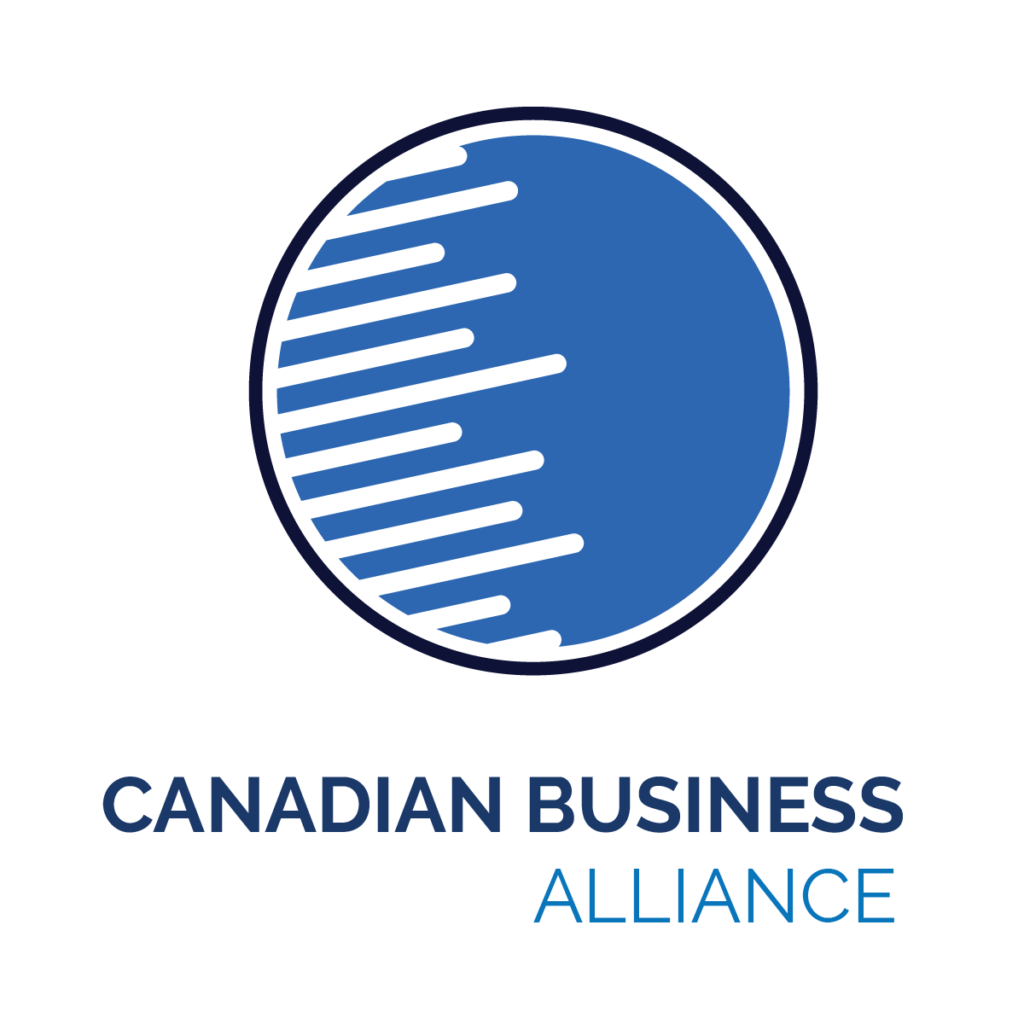In today’s competitive job market, hiring the right talent can be a daunting task. But what if you could tap into a pool of candidates who are not only qualified but also a cultural fit for your company? Enter the employee referral program—a game-changer for businesses looking to streamline their hiring process while enhancing company culture. This blog post will guide you through the steps to implement an effective employee referral program that will help you attract top talent, reduce time-to-hire, and improve retention rates.
Imagine having a steady stream of qualified candidates who not only have the skills required for the job but also align with your company values. An employee referral program can make this a reality. By leveraging the networks of your current employees, you can find top-notch talent faster and more efficiently. Not only does this method speed up the hiring process, but it also leads to better hires and a stronger company culture. In this post, we’ll explore how to implement an employee referral program, from defining your goals to celebrating successes.
Define Your Goals
Setting clear objectives is the first step in creating a successful employee referral program. What do you aim to achieve? Are you looking to increase the number of qualified candidates, reduce your time-to-hire, or improve retention rates? Having well-defined goals will give your program direction and make it easier to measure its success. For example, if your main objective is to decrease time-to-hire, you can set a target to fill positions within a specific timeframe through referrals.
Increase the Number of Qualified Candidates
One of the primary goals of an employee referral program is to attract more qualified candidates. Employees understand the job requirements and company culture, making them excellent judges of potential hires. You can set a target to increase the number of referred candidates who meet the job criteria by a certain percentage.
Reduce Time-to-Hire
Speeding up the hiring process is another crucial objective. Referrals often move through the hiring funnel faster than other candidates because they come with a built-in recommendation. Aim to reduce the average time-to-hire for referred candidates and track your progress.
Improve Retention Rates
Retention is a key indicator of hiring success. Employees who join the company through referrals tend to stay longer, as they have a clearer understanding of the job role and work environment. Set a goal to improve the retention rates of referred hires and monitor the data to see if your program is making a difference.
Create Clear Guidelines
For your referral program to be effective, it’s essential to establish clear guidelines. These rules will help employees understand how the program works and what is expected of them. Make sure to outline who can participate, what positions are eligible for referrals, and how the referral process will be managed.
Eligibility Criteria
Specify who can refer candidates and who can be referred. Generally, all employees should be encouraged to participate, but you may want to exclude the hiring team to prevent conflicts of interest. Define the type of candidates you are looking for, including qualifications and experience levels.
Eligible Positions
Not all positions may be suitable for referrals. Decide which roles are open for referral and communicate this clearly to your employees. High-impact roles such as sales, engineering, and leadership positions are often prioritized.
Referral Process
Detail the steps involved in making a referral. Provide clear instructions on how to submit a referral, what information is needed, and who to contact for questions. Simplifying the process will encourage more employees to participate.
Develop an Incentive System
Incentives are a powerful motivator for employees to participate in the referral program. Offering rewards not only encourages more referrals but also shows appreciation for employees’ efforts. There are several types of incentives you can offer, from cash bonuses to extra vacation days.
Types of Incentives
Consider offering a variety of incentives to appeal to different employees. Cash bonuses are a popular choice, but non-monetary rewards like gift cards, extra vacation days, or even a lunch with the CEO can also be effective.
Tiered Rewards
Implement a tiered reward system to keep employees engaged throughout the hiring process. For instance, you can offer a small reward for initial referrals, a larger reward if the candidate gets an interview, and the most substantial reward once the candidate is hired and completes a probationary period.
Recognition Programs
Public recognition can also be a powerful incentive. Highlight employees who make successful referrals in company newsletters, meetings, or on the intranet. This not only rewards the referrer but also promotes the program to other employees.
Plan the Communication Strategy
Effective communication is key to the success of your referral program. To ensure that employees are aware of the program and motivated to participate, you’ll need a robust communication strategy. Use multiple channels to promote the program and keep employees informed about its progress.
Announce the Program
Start with a formal announcement to introduce the referral program to your employees. Use email, team meetings, and the company intranet to spread the word. Make sure to highlight the benefits of the program and how it will work.
Ongoing Communication
Regular updates are essential to keep the program top of mind. Send out monthly or quarterly emails detailing the success of the program, including the number of referrals made, the number of hires, and any upcoming changes or incentives.
Feedback Loop
Encourage employees to provide feedback on the referral program. This can help you identify any issues or areas for improvement. Make it easy for employees to share their thoughts through surveys or direct communication with the HR team.
Make Referrals Easy
The easier you make it for employees to refer candidates, the more likely they are to participate. Simplify the referral submission process and provide the necessary tools to make it as straightforward as possible.
Simplified Referral Form
Create a simple, user-friendly referral form that employees can fill out quickly. Ask for essential information only, such as the candidate’s name, contact details, and a brief summary of their qualifications.
Tools and Platforms
Leverage technology to streamline the referral process. Use referral software or platforms like Google Forms to collect and manage referrals efficiently. These tools can automate parts of the process, making it easier for both employees and HR teams.
Example Form
Provide a sample referral form to guide employees. This can serve as a template, showing them exactly what information is needed and how to fill it out. The simpler and clearer the form, the more likely employees will take the time to use it.
Track and Measure Success
To ensure the long-term success of your referral program, it’s crucial to track and measure its performance. Monitoring key metrics will help you understand how well the program is working and identify areas for improvement.
Key Metrics
Focus on metrics such as the number of referrals, conversion rate, and time-to-hire. These indicators will give you a clear picture of the program’s effectiveness and where you might need to make adjustments.
Tracking Tools
Use tracking tools and software to collect and analyze referral data. Platforms like Applicant Tracking Systems (ATS) can help you monitor the progress of referred candidates through the hiring funnel and gather valuable insights.
Continuous Improvement
Regularly review the data and seek feedback from employees to continuously improve the referral program. Make necessary adjustments based on the insights gained to keep the program effective and engaging.
Recognize and Celebrate Success
Acknowledging and celebrating the contributions of employees who make successful referrals is essential. Recognition not only boosts morale but also encourages others to participate in the program.
Public Recognition
Celebrate successful referrals publicly. Give shoutouts in team meetings, feature stories in the company newsletter, or create a dedicated section on the intranet to highlight top referrers.
Milestone Celebrations
Celebrate milestones within the referral program, such as the 100th referral or the 50th hire through referrals. These celebrations can include small events, awards, or special incentives.
Success Stories
Share success stories of employees who have made impactful referrals. These stories can serve as inspiration and motivation for others to participate. Highlighting the positive outcomes of referrals reinforces the value of the program.
Implementing an employee referral program can transform your hiring process, leading to better hires, faster hiring times, and a stronger company culture. By following the steps outlined in this guide—defining your goals, creating clear guidelines, developing an incentive system, planning a communication strategy, making referrals easy, tracking success, and recognizing contributions—you can create an effective and engaging referral program.
Don’t wait—start implementing your employee referral program today and watch your company thrive. If you need further assistance, consider reaching out to HR experts or using specialized software to streamline the process. Happy hiring!


